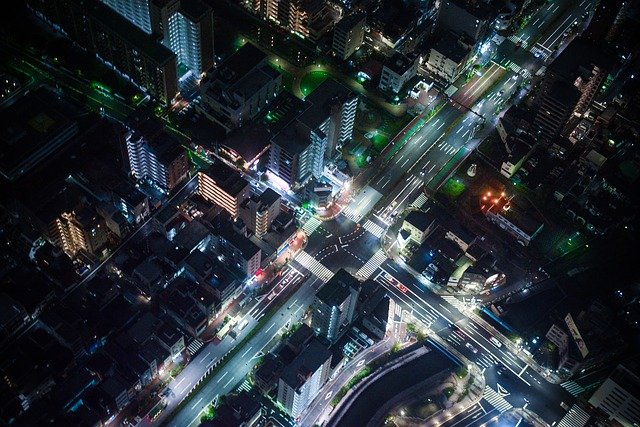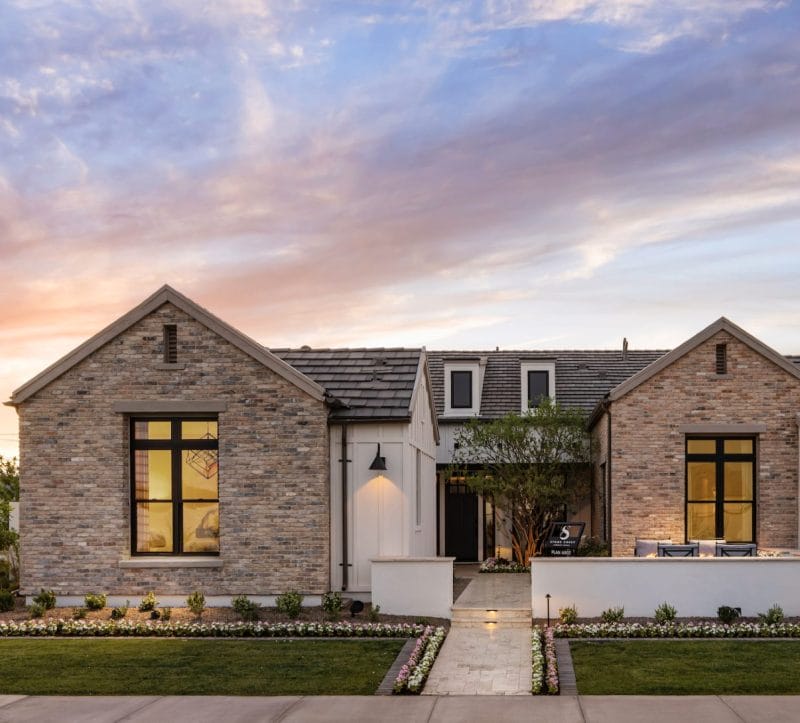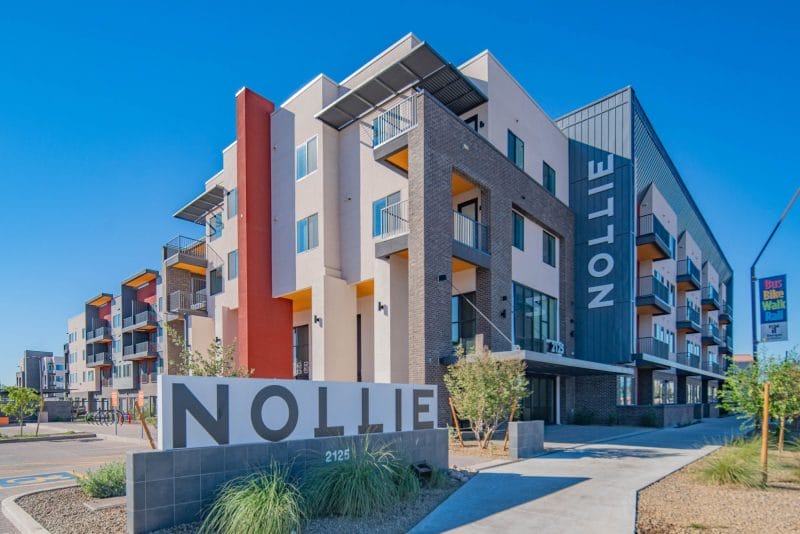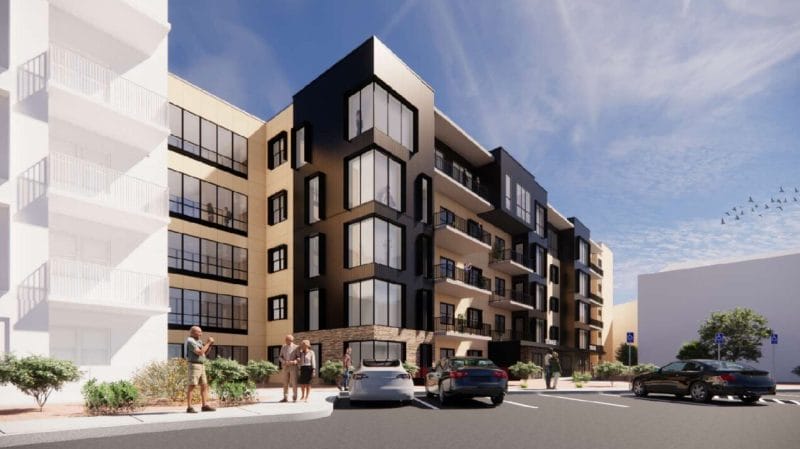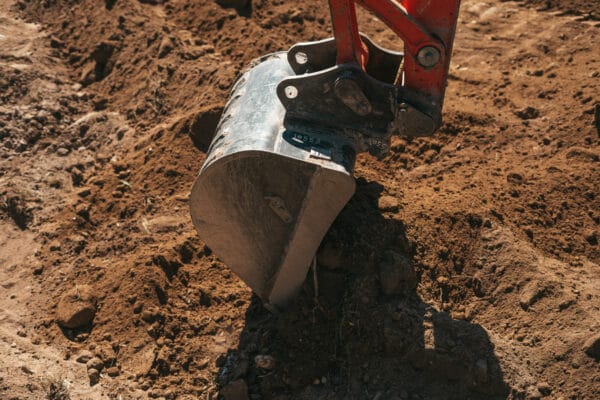Fascinating columns on future freeway need and freeway capacity. Though why are there long queues of vehicles on freeways late in the rush hour? If every vehicle gets on at an entrance and leaves at an exit, why don’t the queues disappear quickly?
By Paul Basha, traffic engineer, Summit Land Management
Fascinating columns on future freeway need and freeway capacity. Though why are there long queues of vehicles on freeways late in the rush hour? If every vehicle gets on at an entrance and leaves at an exit, why don’t the queues disappear quickly? Well, it is rather counter-intuitive. You’re exactly right, every vehicle that enters a freeway exits it, hopefully with their own power. Since the number of exit ramps is about equal to the number of entrance ramps, the freeways should empty quickly. They do not.
Part of the issue is that in the morning, the entrance ramps are throughout the edges of the metropolitan area, while the exit ramps are concentrated in the central city. Though that cannot be the entire reason, as people come from one direction – be it north, south, east, or west – and then leave in that same direction. For example, if a car starts by going southbound on the SR-51, they leave SR-51 going southbound – even if they go onto I-10, either eastbound or westbound.
Not very convincing yet, is it? Every car on the freeway is moving, until some other car makes them slow or stop. Is it as simple as the first car – wherever that is – is stopped?
It should be the opposite of that Dairy Queen in Brainerd, Minnesota last week where the first customer paid for the customer behind them, and the next driver paid for the car behind them, and so on for 900 cars; except in reverse. If the first car is moving, then the second car is moving, then the third, and so on for 900 cars! If no one stops, then nobody stops! That is the purpose of the freeway, right? No stop lights.
We still have that problem with physics where no two objects can be in the exact same place at exactly the same time. So even if the car in front of you is moving, you cannot be where that car is until after it moves further forward. So, it does seem that if all cars are moving, they can all continue to move. True, though it takes time for the car in front of you to move.
If the cars were traveling at the speed of light, then fine, the car in front of you would be gone before you could see it. Most of the people that I have seen drive, should not be trusted with traveling at the speed of light. Seems that something bad would happen.
[Aristotle said that light traveled instantaneously, requiring no time. Empedocles said that since light moved, it must take time. Empedocles was right, though no one remembers him. Aristotle must have had a better publicist.
Galileo tried to measure the speed of light by having two people stand on separate hills about a mile apart during dusk. The person on one hill uncovered a lit lantern, and when the person on the other hill saw the first lantern, they uncovered their lit lantern. Unfortunately, light is too fast to measure that way. So, at the time, Aristotle seemed right.
In the early 1700’s, James Bradley, by carefully watching stars, estimated the speed of light at 185,000 miles-per-second. Not bad, it is actually 186,282 miles-per-second.]

Back to cars driving.
Not yet. Imagine a one-gallon-bucket. One gallon holds 16 cups of water. Imagine pouring two cups of water into the bucket each minute, continuously. So, in 8 minutes, the one-gallon bucket is full. And every minute afterwards, the two cups of water cannot fit in the bucket. Now empty the bucket.
Now imagine a hole in the bucket bottom that lets one cup of water out of the bucket each minute. So, it takes longer to fill the bucket. For every two cups in, one cup leaks out. So now it takes 16 minutes to fill the bucket. Continuing to pour two cups of water into the full bucket every minute thereafter, while one cup of water leaks out, leaves one cup of water more than the bucket can hold.
Same with freeways.
Traffic engineers have measured cars on freeways and discovered that the maximum number of cars that can fit in one lane is approximately 2,500 vehicles-per-hour. Let’s call it 2,400 vehicles-per-hour because that is an integer multiple of 60 minutes-per-hour. 2,400 vehicles-per-hour becomes a capacity of 600 vehicles-per-15-minutes.
Let’s also use a freeway speed of 65 miles-per-hour. With a capacity of
2,400 vehicles-per-hour and a speed of 65 miles-per-hour, that means
there is 143 feet for each car. A typical car is 15 feet long. That means
at capacity and freeway speeds, there is only 128 feet between cars. A car traveling at 65 miles-per-hour needs approximately 600 feet to stop. So not a healthy situation. Though justifies the 2,400 vehicles-per-hour capacity.
OK, on our 600 vehicles-per-15-minute capacity freeway, let’s put 400 vehicles on it between 5:00 and 5:15 AM. And 400 more between 5:15 and 5:30 AM, and so on with the long table. So before 6:00 AM, all is fine, the actual 15-minute number of vehicles is less than the capacity – no back-ups. Even from 6:00 to 6:15 AM, no queuing.
Though from 6:15 to 7:45, there are more cars than capacity, so queuing happens. 90 minutes of too much traffic. Though from 6:15 to 6:30, there were only 100 cars more than capacity. That’s not too bad. And at 7:45 the volume is equal to the capacity again. So, then we’re good?
What happens to those 100 extra cars that arrive between 6:15 and 6:30 AM? They have to wait until between 6:30 and 6:45 AM before they can drive through the freeway. But from 6:30 to 6:45, there are already 800 vehicles. So instead of 800 vehicles trying to fit on the freeway between 6:30 and 6:45, there are now 900 vehicles compared to the 600-vehicle-capacity, for a summed excess of 300 vehicles.
Let’s include another column. The extra column sums the excess volume in each 15-minute interval.
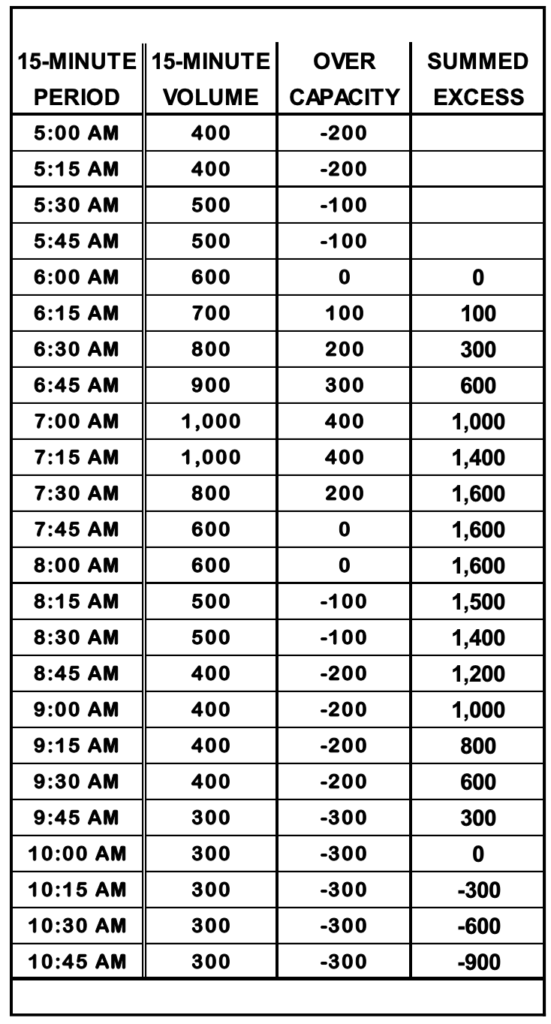
Only three choices. Arrive very early or very late, or plan on waiting.
Suddenly, ugly happens.
The number of arriving vehicles from 7:45 to 8:00 AM is equal to the capacity. All should be well. … It is not. The freeway was over capacity from 6:15 to 7:45. And at 7:45, there are now 1,600 extra vehicles trying to drive on the freeway.
Beginning at 8:15 AM, the arriving vehicles are less than the capacity. Not helpful enough.
It takes until 10:00 AM for all the previously arriving cars to travel through the freeway.
The peak ended at 7:15 AM. The queuing lasted until 10:00 AM.
Fortunately, nowhere in the Phoenix Valley of the Sun does this excess queuing happen for three hours. … It does in Los Angeles. … Eventually here too.
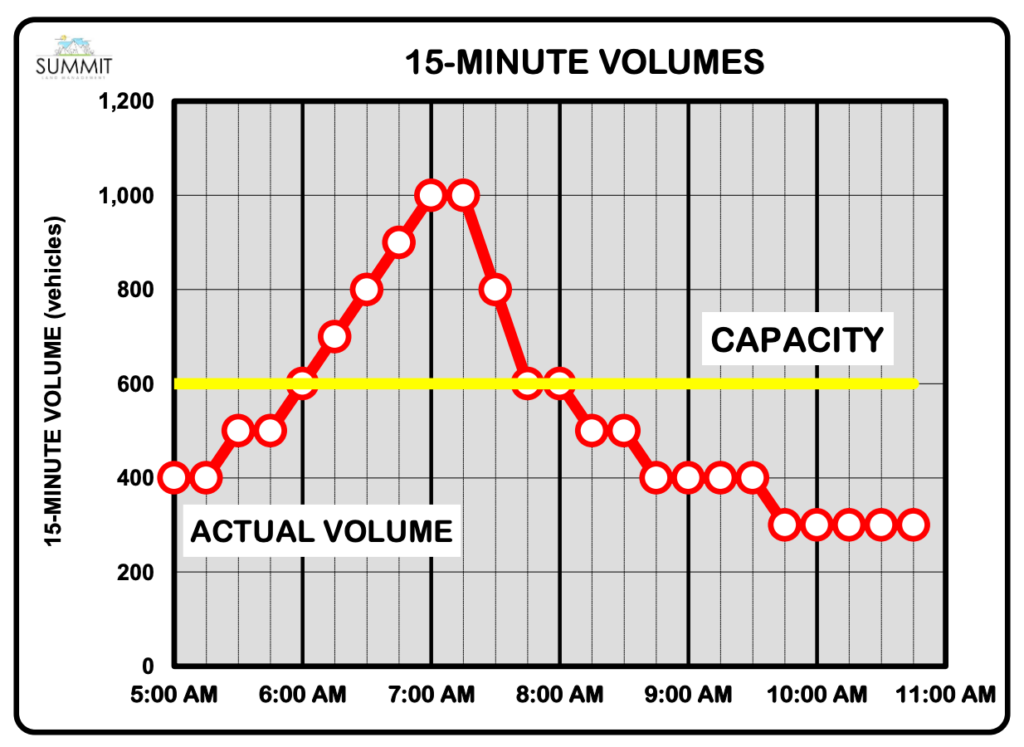
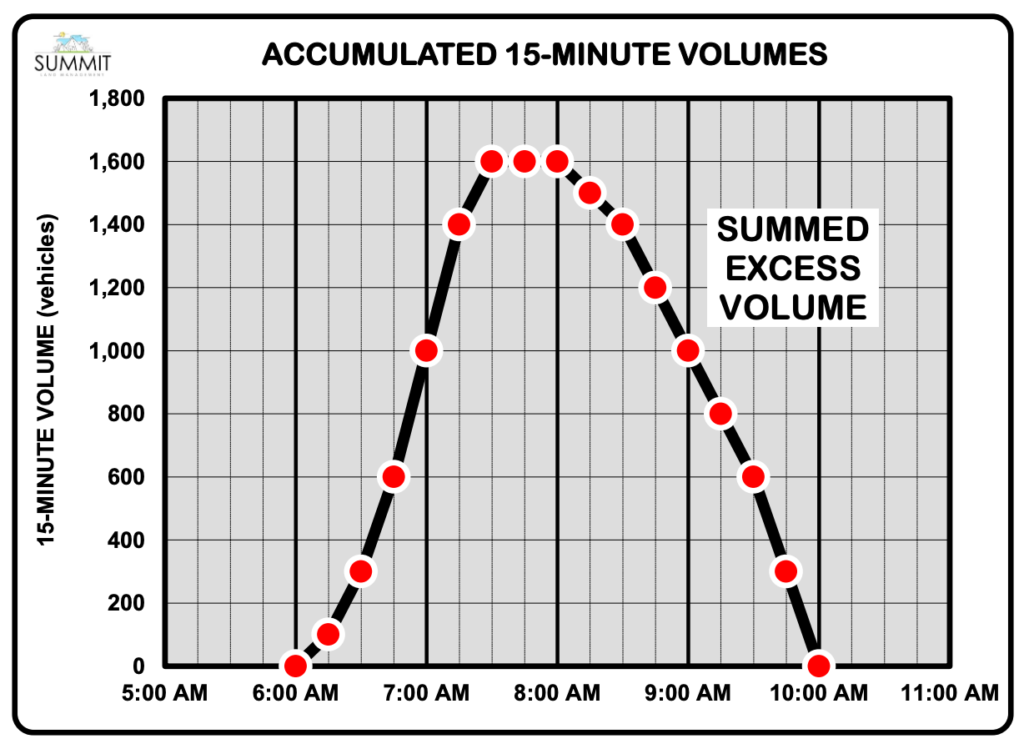
Curious about something traffic? Call or e-mail Paul at (480) 505-3931 and pbasha@summitlandmgmt.com.

